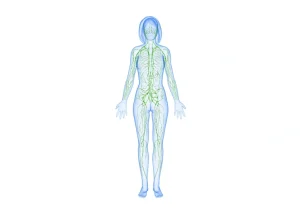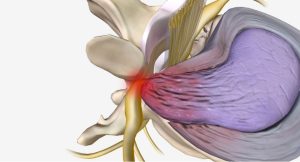What is a muscle strain?
Our muscles are essentially made up of a combination of contractile and non-contractile tissues. So, parts that actively move and contract, and parts that do not actively move and contract, respectively. Throw in some protein, fat, water, a whole heap of inter-twining membranes all arranged in long fibres, and there you have a muscle! Of course, it’s a bit more complex than that, but you get the gist!. Simplistically, at the end of each muscle is a tendon, which attaches it to a bone. When the muscle contracts, it pulls on the bones and movement of the body occurs.
Proteins within the muscle fibres are responsible for creating the force required to move a body part. When the force is too great for the muscle to handle, for example when we stretch or load it beyond its limit, the whole system fails and a strain or tearing of the muscle fibres (and possibly it’s associated tendon) occurs.
The most strained muscles of the body are the hamstrings, calf and quadriceps muscles. These are large leg muscles that are exposed to the highest amounts of force in the body.
Grades of a strain
Strains are graded based on the severity of the injury:
- Grade 1: Only a few fibres are torn
- Grade 2: A greater proportion of fibres are torn, but not all of them
- Grade 3: A complete tear of all fibres
A grade three strain has the largest amount of damage to the muscle and so has the longest recovery time. It is important to note that there is no hard and fast rule with recovery though, as similar graded strains between different people can take varying amounts of time to recover (meaning it’s not just about physical damage when it comes to recovery!).
Signs and symptoms
Signs and symptoms of a muscle strain include:
- Pain (due to irritation of nerve endings during the tearing process)
- Bruising (due to damage to small blood vessels within the muscle)
- Swelling
- Loss of strength and function in the affected body part
Treatment
Initial treatment for a muscle strain focusses on reducing the immediate symptoms of pain, swelling and loss of movement, as well as limiting the amount of scar tissue formation that occurs during the recovery process. Expect us to ask you to continue moving! Movement is key to muscle recovery, but at the same time it is important not to continually damage the recovering muscle fibres, so we’ll advise you to steer clear of over-stretching the area and keeping any movements slow and within a pain-free range.
Ice and compression may be used early on to control and reduce swelling and pain. We may also help this process using our hands by gently massaging the areas around the site of the tear (but not directly on it).
Once the initial symptoms have subsided, it will be time to progressively ramp up the movement and exercise. We will also be able to get more hands-on around the area, whilst always ensuring the areas distant from the injury are staying pain free and functioning well too. Remember, a tear in your calf will have a direct effect on your upper leg, pelvis and low back. We’ll keep your body in check!
Focus can start to switch to faster and more powerful exercises. When a muscle tears, it loses strength, and you feel that with reduced ability to perform a normal everyday task. Strength needs to be built back up so the muscle can start to withstand and transmit greater forces passing through it again. There are a few different elements to strength training that can be quite confusing to get your head around, but do not worry. We know how your muscle should work and will continually assess you and progress you as appropriate.
The ultimate aim is to achieve a return to your pre-injury level of fitness so you can return to playing, working and living as you were before the injury occurred. Although having some extra fitness in the tank is always a good thing, so if we work you extra hard with the exercises, it’s so you return fitter than you were before being injured. This greatly reduces your chance of injuring the same body part again in the future.
Have you strained a muscle and are ready to say goodbye pain? Look no further than your trusty osteo at Body@Boronia in Melbourne’s eastern suburbs! Call us today on 03 9762 9445 to book your appointment!







